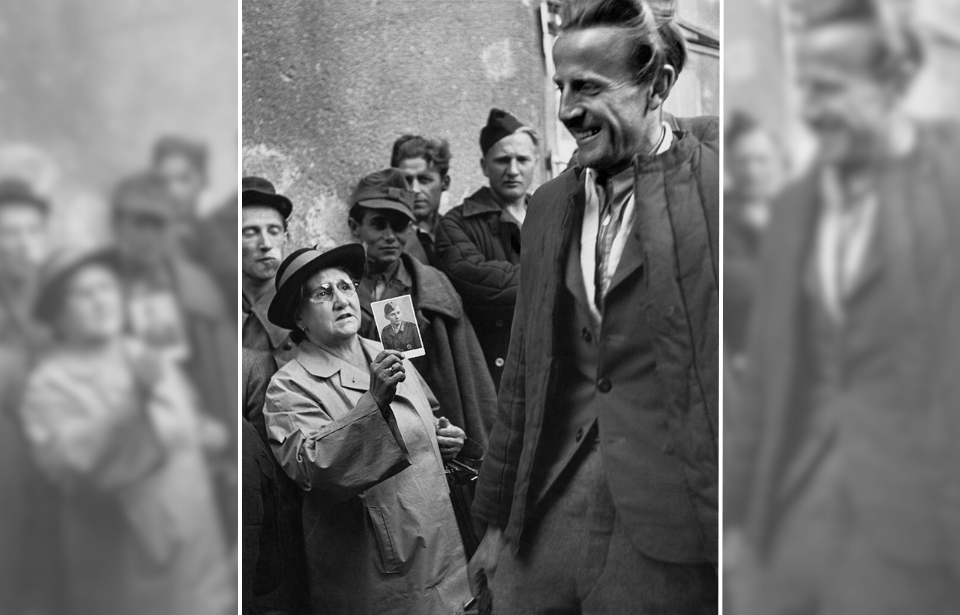Following World War II, each nation began the intensive process of returning each other’s prisoners of war (POWs) home to their worried and grieving mothers, fathers and family members. The result was often that these individuals weren’t returned home for many years, biding their time until they could see their loved ones again.
Among the Allied nations, the Soviets took millions of POWs between 1939-45, the majority of which were German. There were also over 150,000 Austrian prisoners.
Overall, the USSR was notorious for its mistreatment and poor care of POWs. Simply put, the country wasn’t equipped to care for the amount of people when it was already struggling to manage its own population. By 1943, the Red Army had captured a large number of enemy soldiers, causing the death rate among prisoners to sky rocket.
Things improved somewhat toward the end of the war. As the Soviets began using their POWs for forced labor, they had to make sure they were well enough to perform the work.
When the fighting came to a close, the USSR was in no rush to get prisoners back to their home countries. However, they were more inclined to release the Austrians in their care, rather than the Germans. The first group, a mere 600, were sent home on September 12, 1947.
The above image captures this moment, which, while joyous for some, wasn’t so for everyone waiting at Vienna’s Southern Railway Station. Renowned photographer Ernst Haas captured a series of photos that day, one of which shows an unknown man being overjoyed to be home.
More from us: Why Was ‘Casablanca’ Banned In Germany?
On the flip side, there’s also a grieving mother who holds up a picture of her son, who was held as a POW by the Soviets during the war. She’s hoping to see if any of the returning soldiers had seen him or knew of his whereabouts.
